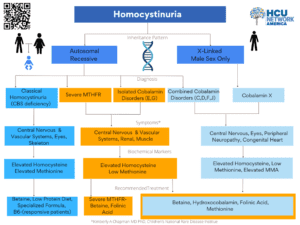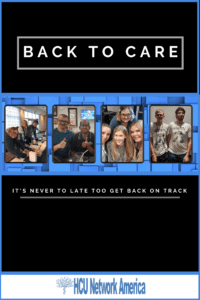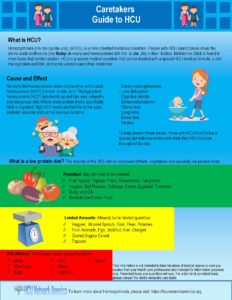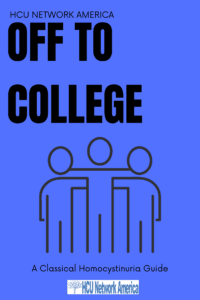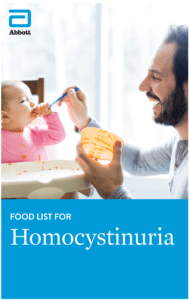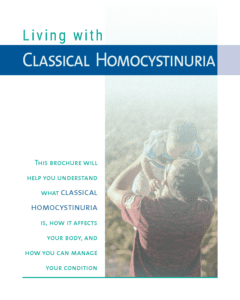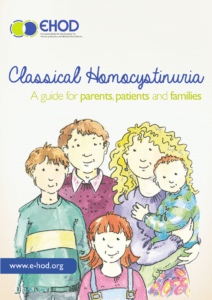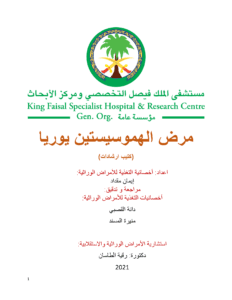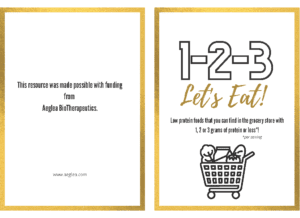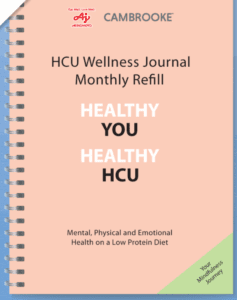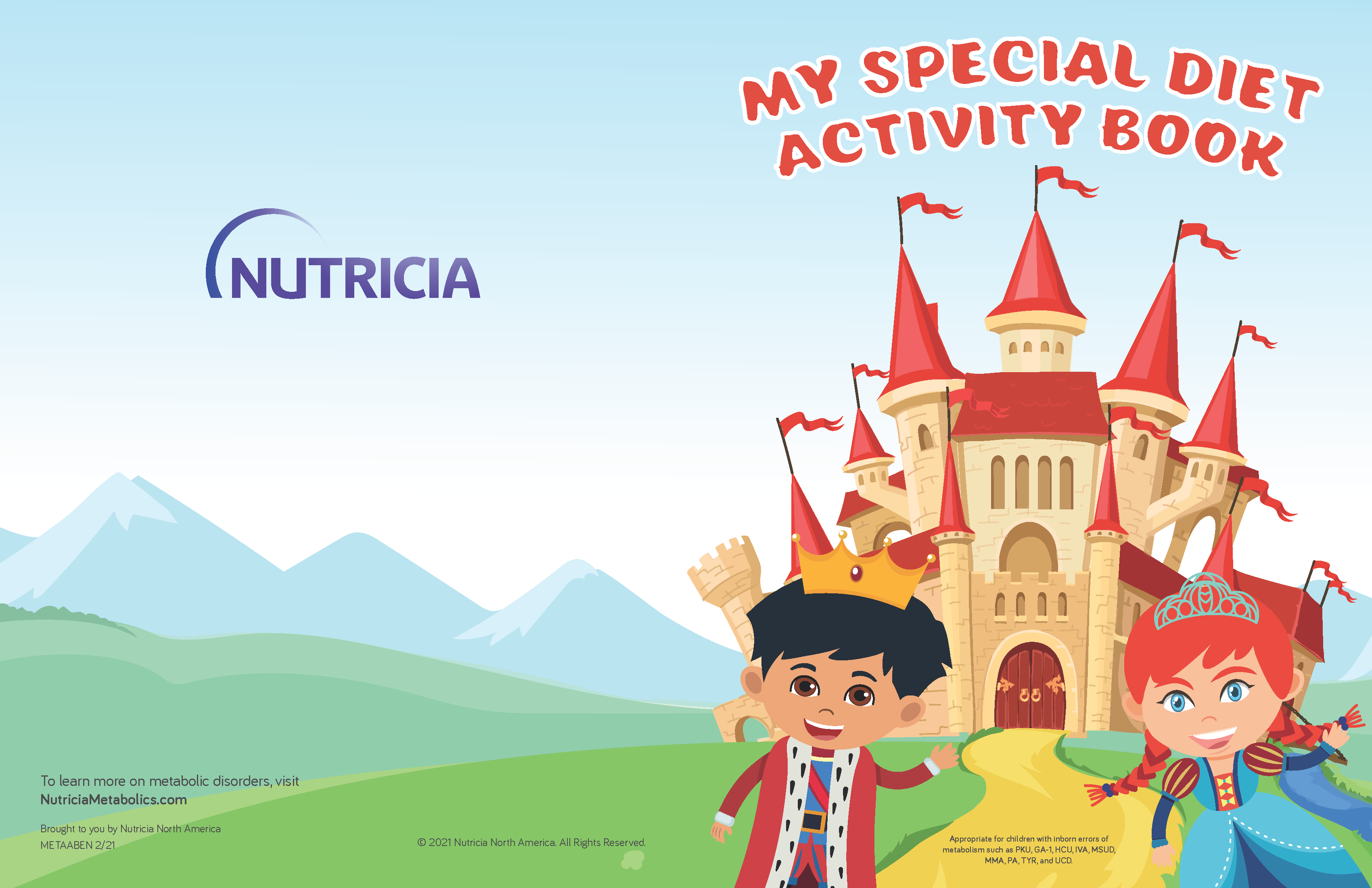We'd like to thank our Patient-Parent Advisory Committee and Cobalamin Steering Committee for their contributions to our toolkits, checklist and guides.
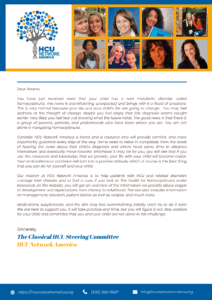
Whether you are a parent of a newborn or a child, or you are an adult just diagnosed, we know it can be overwhelming. Consider HCU Network America a friend and a resource who will provide comfort, and more importantly, guidance every step of the way.
Homocystinuria is confusing! The HCU Flow chart is designed to help those related to someone with or interested in HCU better understand the similarities and differences. The chart breaks down and shows how the inheritance, symptoms, markers, and treatments for each of the disorders are similar and different.
Fast Tracking Classical HCU is designed to help our late-diagnosed classical homocystinuria patients needing a low-protein diet navigate their new diagnosis. The guide provides insight and guidance on how to establish care, explains what HCU is, gives a diet (including formula) 101, and shares ideas on how to create a support network to help guide them through this new chapter in their lives! It's closed out with a letter from a patient.
The information in this guide is not meant to replace the guidance of your physician and other healthcare professionals.
Even for those diagnosed through newborn screening or as children, the diagnosis can be overwhelming. Navigating back to care can be just as overwhelming as a late diagnosis, because of that, we recommend you check out our back to care webpage for additional resources and tools.
The Back to Care guide is designed to help our classical homocystinuria patients needing a low protein diet navigate their way back to diet. It may also be useful for HCU patients who have been continuing with diet or newly diagnosed. The guide provides insight and guidance on how to reestablish care, provides a reminder of what HCU is, gives a diet (including formula) 101, and shares ideas on how to create a support network to help guide them through this new chapter in their lives! It's closed out with a letter from a patient.
For many parents the first time you leave your child with HCU under the care of someone else, it will likely cause a lot of stress and anxiety. Try to breathe and remember, you are not the first parent who has gone through this! To help support you in this new chapter of raising a child with HCU we have developed a Caretakers Guide for HCU. Our Caretakers Guide to HCU will help you explain what Homocystinuria is, what foods are allowed, and how your child’s caretaker can help make this transition as smooth as possible for you and your child.
Upon diagnosis many people have questions about what to expect from their clinic visits. Usually our first visit to a whirlwind of people elicits emotions and you might not remember who you met, or the role they play. In addition to that, you might be unsure of what you should bring, or you may be nervous what will be done during your visit. We’ve tried to create a simple infographic that spells out who you may meet, what to bring, what things may be done. On the back is a frequently asked questions.
Dreaming of college and counting down the days till you leave? At the same time, are you packing and thinking about how HCU needs to be factored into your new and exciting lifestyle?
Young adults with Classical Homocystinuria (HCU) from across the country have come together to share helpful advice in the pages of this booklet. They want you to worry less, learn from their mistakes, and enjoy this exciting time in your life (hint: it only happens once).
In addition, we at HCU Network America are here to help you navigate all the stages of college. Check our website for additional resources.
Our Educators’ Guide to Classical HCU is designed to spring-board that discussion between you, the school nurse and classroom teacher(s). In our Educators’ Guide we give you an easy explanation of HCU, Helpful Tips for Teachers and Nurses, Educational and Nutritional Accommodations tools, as well as, ways to ensure students are not left out of classroom celebrations. We know that teachers don’t have a lot of time, so this two page guide is the perfect amount of content to help get the conversation started.
When you have HCU or any other special dietary needs, being ready to handle difficult situations requires special planning, in addition to the typical things everyone needs to consider in the event of an emergency or natural disaster. Here are some key things to think about and discuss with your family today.
Prepare yourself in advance!
Special Education services are available for eligible students with disabilities. This handbook provides information about procedures, answers to frequently asked questions, and links to other resources. This information is meant to be an introduction to special education and may vary between states. For specific laws and regulations to special education in your state, visit your State Department of Education.
Transition to Adulthood: Milestones Assessment Guide
Thanks to advances in research, people with homocystinuria are living healthier and more active lives than ever before—juggling busy schedules, careers and family. If they aren’t doing these things, that’s okay too; life doesn’t always look the same for everyone.
This guide is intended to help people with homocystinuria gain the knowledge and skills they need as they grow up to more independently manage their condition. Our flexible toolset is designed for people with homocystinuria to use with their caregivers and care teams to support the transition from childhood to adulthood.
While the story is fictional, the characters are all real young people living with HCU. They live in different parts of the country but were brought together by a shared condition - Homocystinuria. They have formed friendships that reach beyond the physical distance and provide a sense of support for each other. HCU is always a part of their daily lives, but it is only a small piece of who they are.
Like the resources you see above? You can request copies!
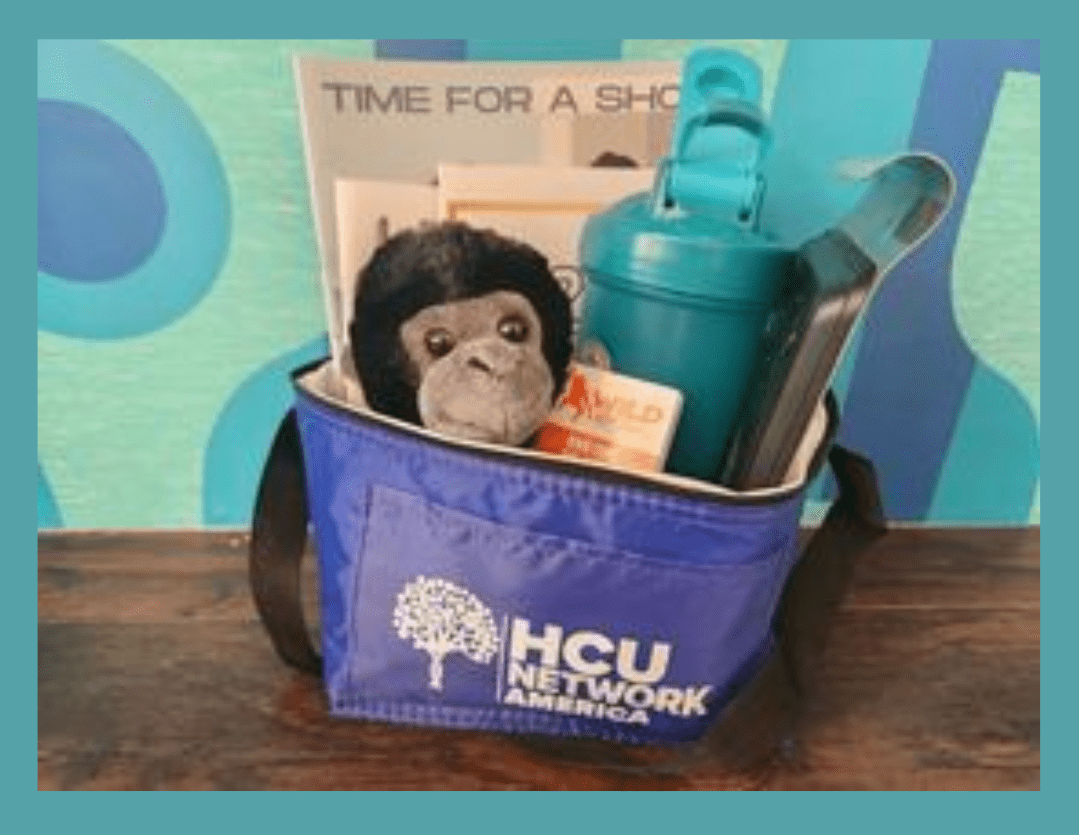
Outside Resources
HCU Network Australia has worked to incorporate the Guidelines for the diagnosis and management of cystathionine beta-synthase deficiency with other relevant information into one document for people with HCU to read and share with others. The Booklet aims to help the reader (the patient, their family or caregiver) understand more about classical homocystinuria, how it is diagnosed and the therapies it requires. The Quick Guide summarises key points from the Patient Information Booklet.
Abbott provides this booklet to health care professionals to help them counsel families, and to families to help them learn about
homocystinuria.
This guide for Homocystinuria (HCU) and methionine (MET) - restricted meal plans identifies the amount and type of food permitted each day and can make checking and balancing meals much easier. Careful eating helps control blood levels of MET, with positive effects on health.
Homocystinuria caused by cystathionine beta-synthase (CBS) deficiency is also called classical homocystinuria. CBS is an enzyme. Enzymes are proteins that regulate the body’s tissues and organs. Specifically, CBS helps convert an important amino acid—homocysteine—to another amino acid that the body needs.
When the body makes too little CBS enzyme or none at all, or it makes CBS enzyme that does not work properly, levels of homocysteine and methionine (also an important amino acid) in the blood increase. The high levels of homocysteine cause harmful symptoms to develop.
E-HOD consortium developed information booklets on homocystinurias and related diseases for children of school age and for adults/carers. Booklets in different languages are available for free download and non-comercial distribution under flags shown below.
Tools Enabling Metabolic Parents Learning (TEMPLE) are books and videos designed to help you provide simple education for the caregivers of your newly-diagnosed patients with inherited metabolic diseases. Resources also available to your patients on medicalfood.com. Available in English, Spanish and French and Arabic
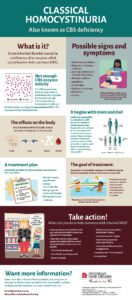
Classical Homocystinuria (HCU) doesn't have to be confusing. Recordati Rare Diseases had created a infographic that reviews what Homocystinuria due to Cystathionine Beta-Synthase (Classical HCU) is, it's signs and symptoms, the effects on the body, it's inheritance, how it's treated and goals of treatment.
With permission of HCU Network America, The Kings Faisal Specialist Hospital and Research Center translated HCU Network America's Classical Homocystinuria Toolkit. They have also added pieces from the Australasian Society for Inborn Errors of Metabolism (ASIEM).
We know how hard it can be to maintain a low protein diet and how expensive medical foods can be. While we work to create new innovative therapies that relieve patients of the burden caused by the low protein diet, we strive to bring you resources that will help make the current landscape easier to navigate. 1-2-3 Let's Eat! is a quick guide to items you may be able to find in a grocery store near you, all under 3 grams of protein!
This resource was made possible by the support of Aeglea BioTherapeutics
Cambrooke has collaborated with families and adults with metabolic disorders and created a journal to help support your mental, physical, and emotional health. We are excited to offer this Wellness Journal to meet you wherever you might be on your journey. You can either print or download these files. Come back as much as you need.
Help school-age patients learn more about a low protein diet with these fun, educational, interactive activity books.

